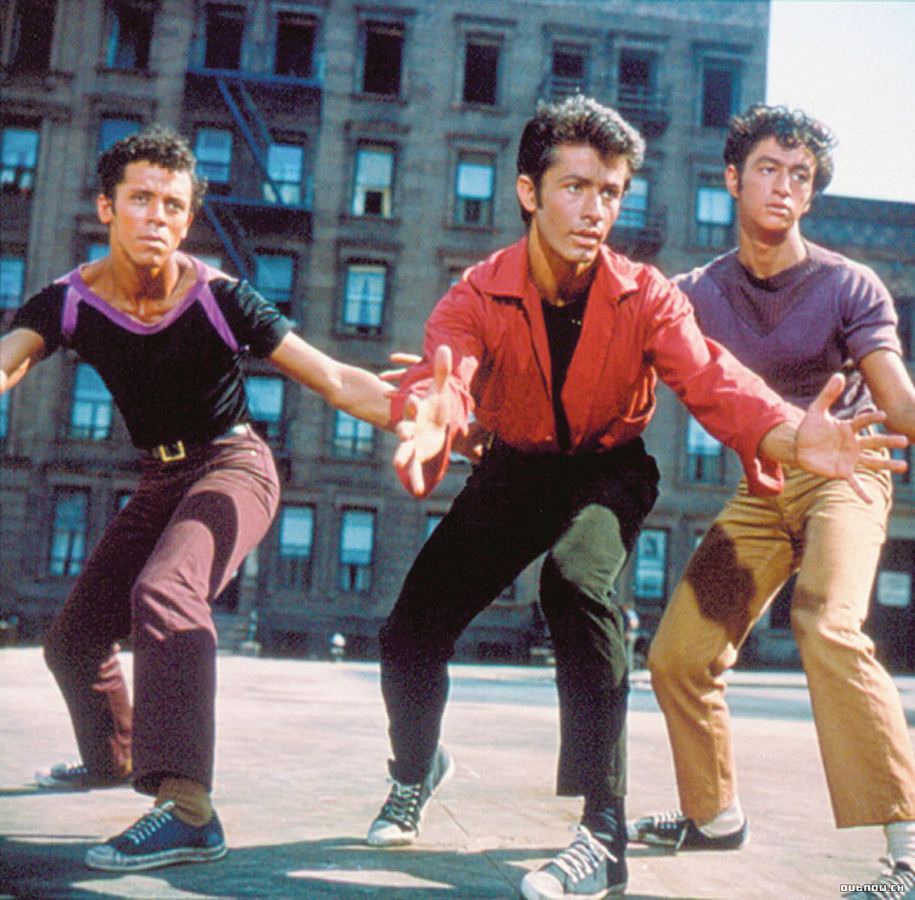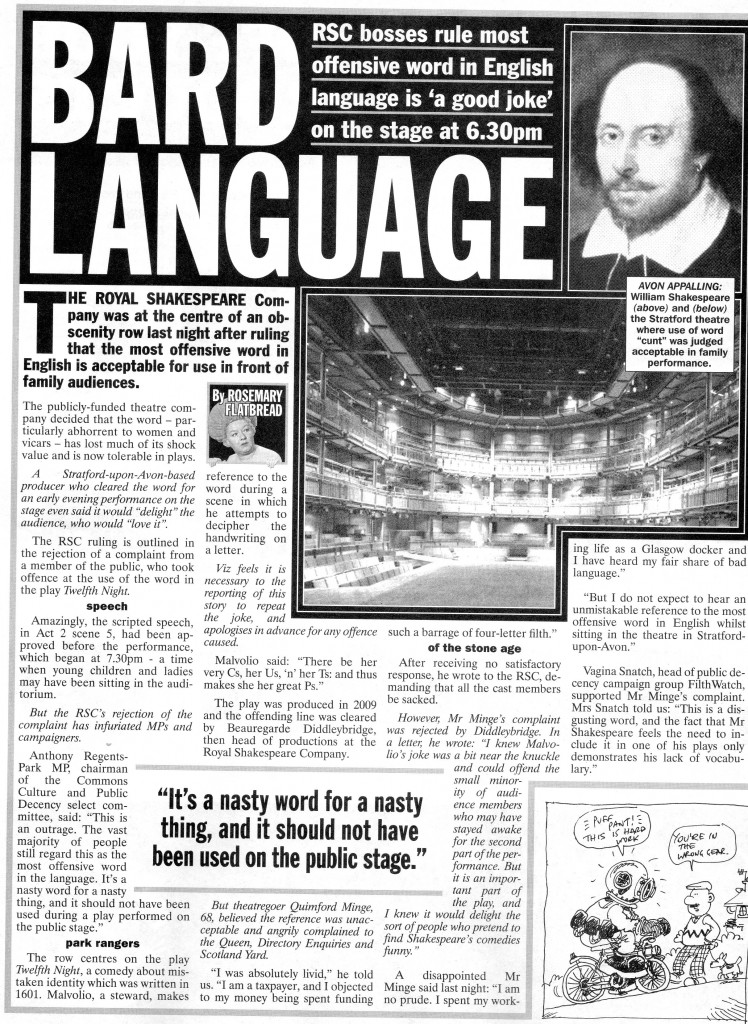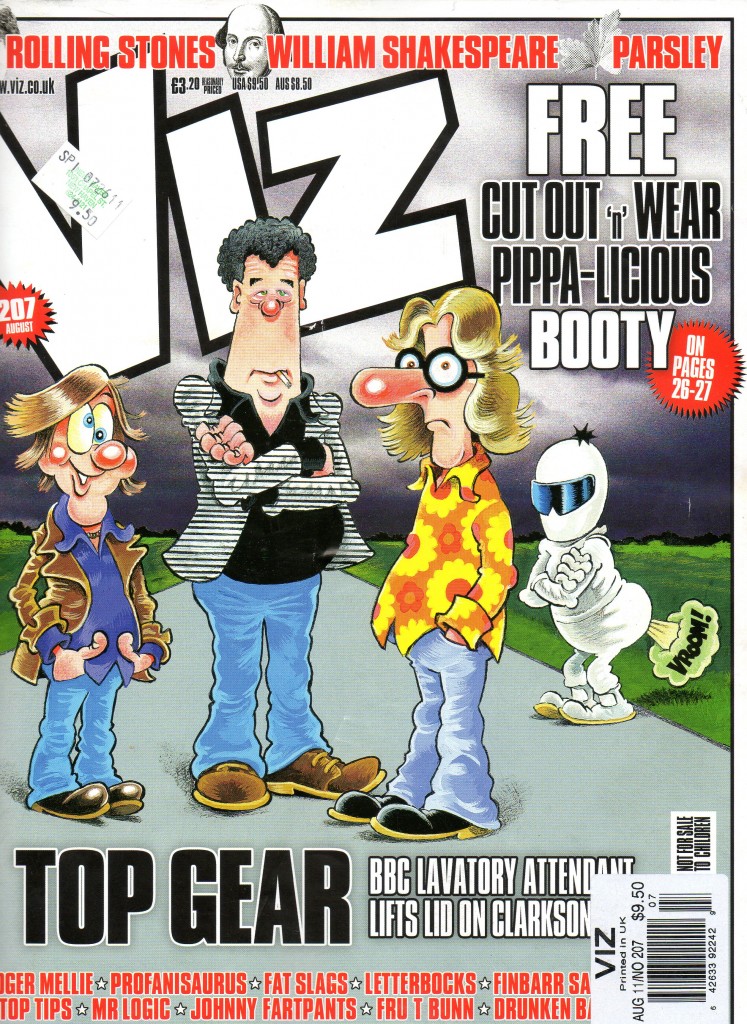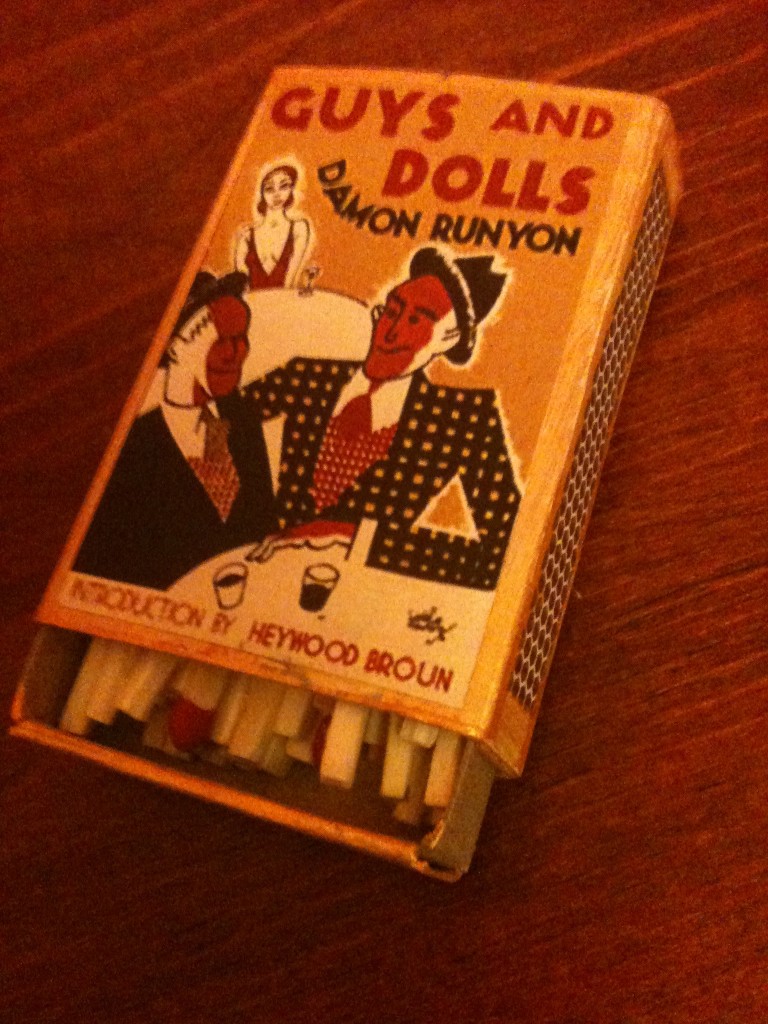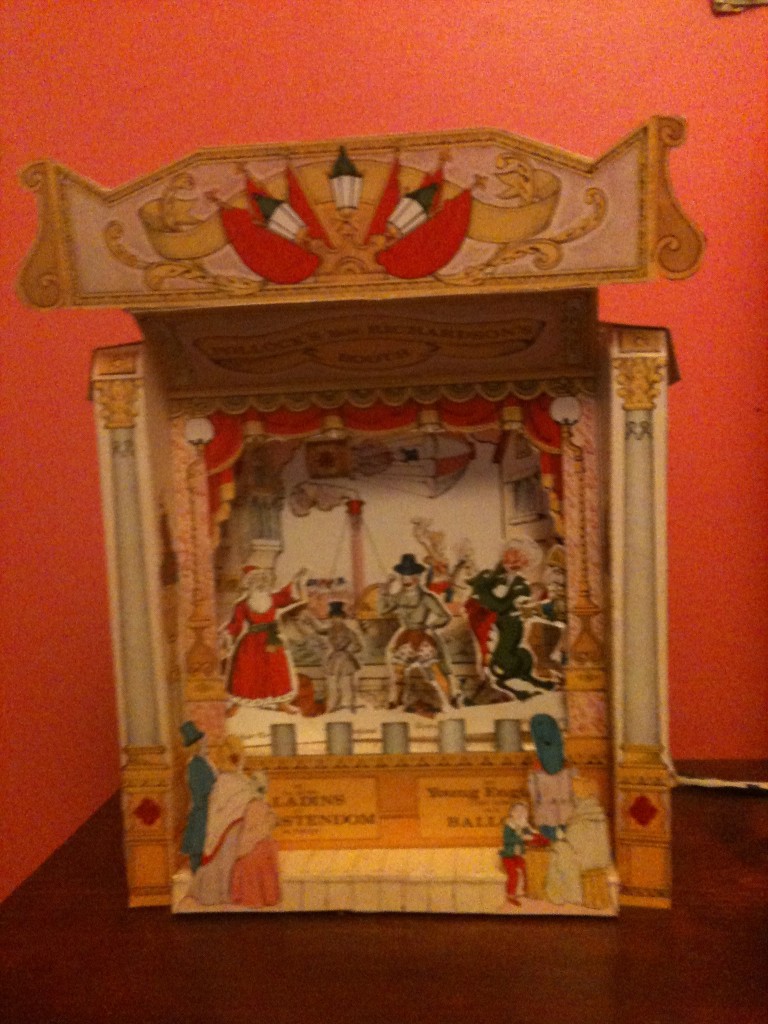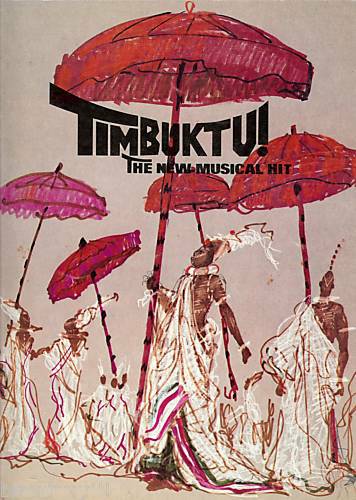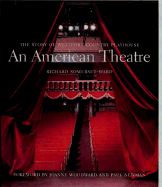
The Westport Country Playhouse hasn’t yet opened the final two shows in its current season (Suddenly Last Summer Aug. 23-Sept. 10 and Twelfth Night Oct. 11-Nov. 5), and they’re already announced their full slate for 2012.
How quaint, to follow a calendar-year season schedule rather than the school-year model preferred by most regional theaters. But Westport’s legacy is as a summer theater, so making that season the center makes perfect sense.
When some theaters list a lot of familiar classics, it’s fair to chide them for playing it safe—as long as those theaters have some legacy of new works or other risk-tasking that they’re forsaking. Westport’s history is as a cool summer stock house known for attracting big movie and theater stars to do regional renditions of the popular dramas and comedies of their time. You marvel at the old posters on display in the lobby not because the shows are so exotic but because the casts are. Who wouldn’t have wanted to see Lilian Gish in The Trip to Bountiful in 1953? Or Thornton Wilder appearing in his own Our Town and Sking of Our Teeth? Imogene Coca in Anita Loos’ Happy Birthday, offering what would have to have been a very different take on a role originated by Helen Hayes? Art Carney, who originated the role of Felix Ungar in the Odd Couple, instead starring in a different Neil Simon comedy, Prisoner of Second Avenue? Jack Gilford and Lou Jacobi in Simon’s The Sunshine Boys?
So that’s the attitude I take to Westport: shows you’ve heard of, but with an added ingredient that makes them seem fresh. Sometimes that ingredient is just the theater itself, neatly renovated a few years ago in a manner which added comfort and high-tech accoutrements while respecting the classic dimentions of the stage (very high, rather deep) and the auditorium (dark and wooden, the seats built into meeting-house pews). The WCP audience is unlike any in the state: eager to indulge in a night out at the theater, but more worried about wasting their precious time than their money. They don’t suffer bad plays gladly. Mark Lamos understands this crowd as few ever have, and handles the role of artistic director rather differently than he did his last big Connecticut regional theater gig, running Hartford Stage for 17 years (from the late ‘70s into the early ‘90s). The WCP, after all, is a place where Shakespeare has rarely been done. (And we have yet to see how next month 2011-season-concluding Twelfth Night goes.)
So, the season:
May 1-19, 2012: The previously announced 25th anniversary revival of Sondheim & Lapine’s Into the Woods, directed by Lamos. It’s a co-production with Baltimore CenterStage.
June 12-30, 2012: The Year of Magical Thinking. Joan Didion adapted her own bestselling memoir (about her state of mind following the the deaths of her husband John Gregory Dunne and their daughter Quintana Roo Donne) for the stage. The New York production was directed by playwright David Hare, who had one of his own plays at Westport last year. The Westport production of The Year of Magical Thinking stars Maureen Anderman, who took over for Vanessa Redgrave in the New York run. Anderman has a long list of Broadway and TV credits, but I would rather note that she is equally acclaimed in the regional theater, especially in Connecticut, where she has starred at Long Wharf, Yale Rep and Hartford Stage. She certainly has the gravitas to do Didion—Anderman’s resume runs from O’Neill to Pinter to soap operas. But any one-woman play about mortality, be it Wit or Year of Magical Thinking or God Said Ha!, needs to balance the darkness with lightness—so take comfort in the fact that Anderman’s killed in comedies from the likes of Moliere, Kaufman and Gurney. I fondly recall her First Lady at Yale Rep. She’s got the range to do whatever she wants.
Aug. 28-Sept. 15: Speak of the devil: Moliere’s Tartuffe, which Maureen Anderman appeared in under the direction of Mark Lamos years ago at Hartford Stage, is being done anew, with different cast and director, in the Westport Country Playhouse’s late summer slot. Associate Artistic Director David Kennedy helms this one. It’s a play I love. (My father wrote a novel about Moliere, and I grew up appreciating the playwright’s comic gifts as deeply as I did those of Bugs Bunny.) I hope this production takes the bad taste out of my mouth put there by Daniel Fish’s misguided, arch and counterintuitive Tartuffe at Yale Rep a few years ago.
Aug. 28-Sept. 15, 2012: A new play! Harbor by Chad Beguelin, directed by Lamos. Good for them. A new play. A comedy about social, class and family expectations yet, set in Sag Harbor. Good. Laugh at people like you for a bit, Westport.
Oct. 9-Nov. 3, 2012: A Raisin in the Sun. Just remember. This is the theater that takes classics and reminds you why regional theater audiences still need to see them. I held my tongue when I saw Diary of Anne Frank on the schedule last year, and I’m certainly reserving judgement of this choice, even though it was roundly lampooned by George C. Wolfe in his The Colored Museum as “The Last Mama on the Couch Play” a quarter-century ago.


